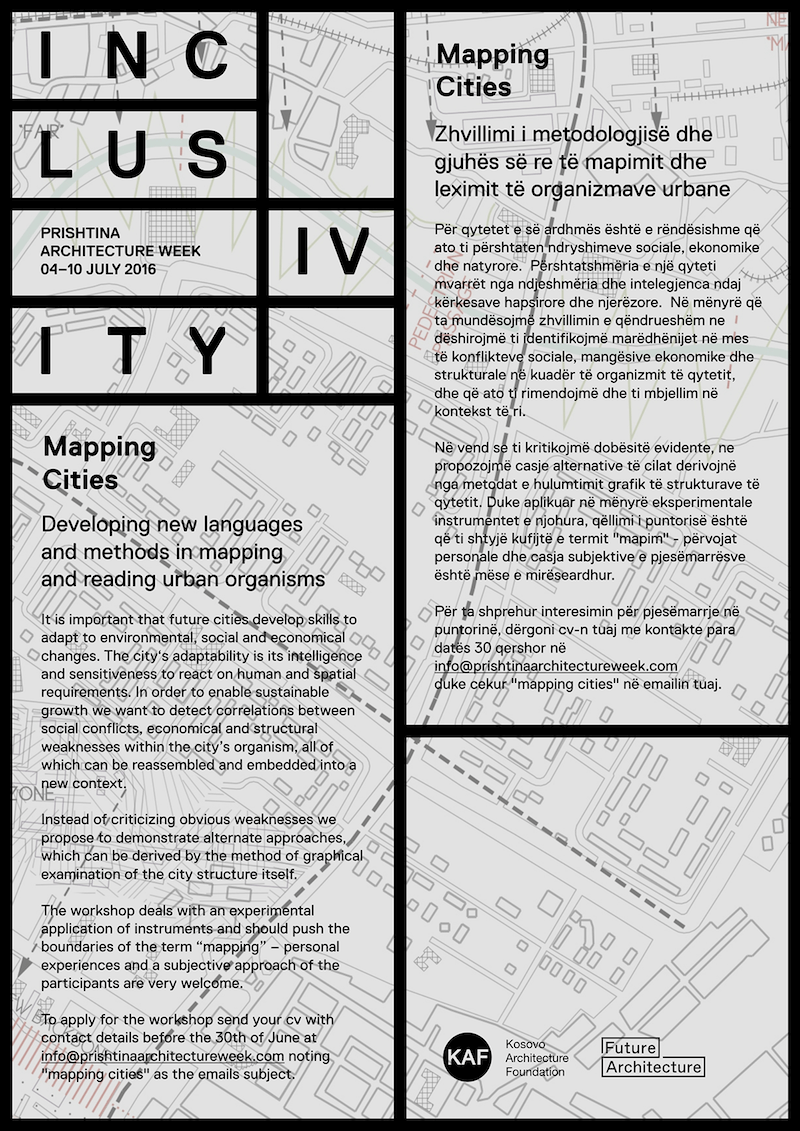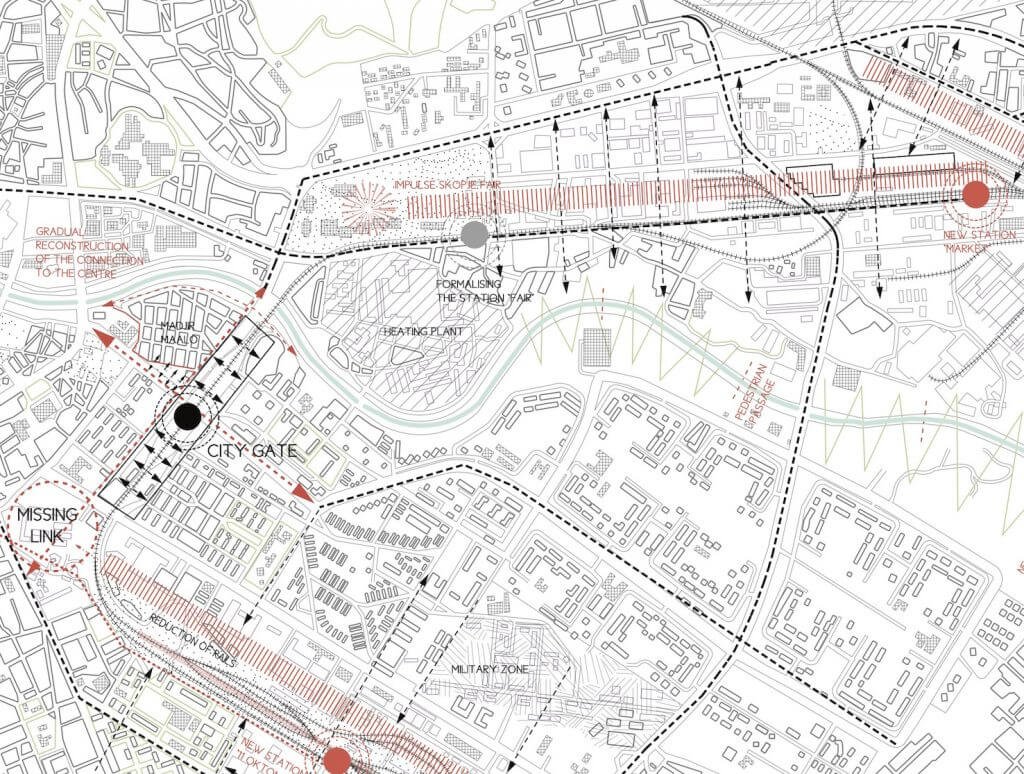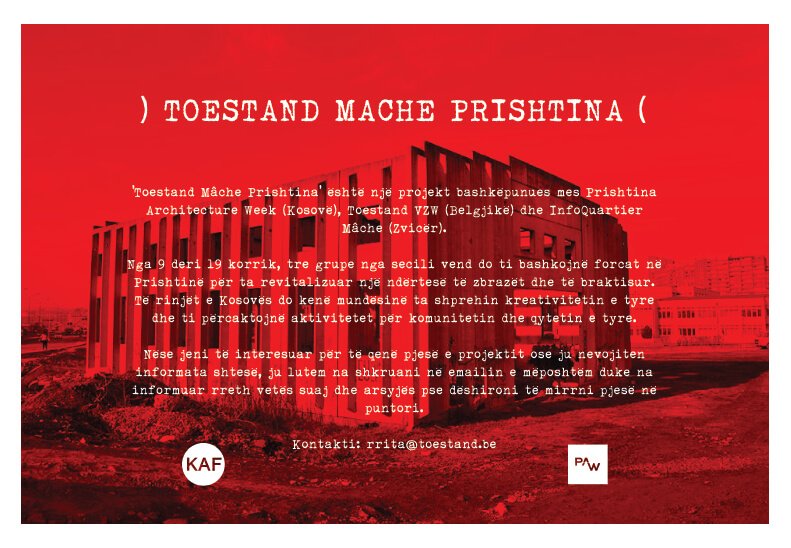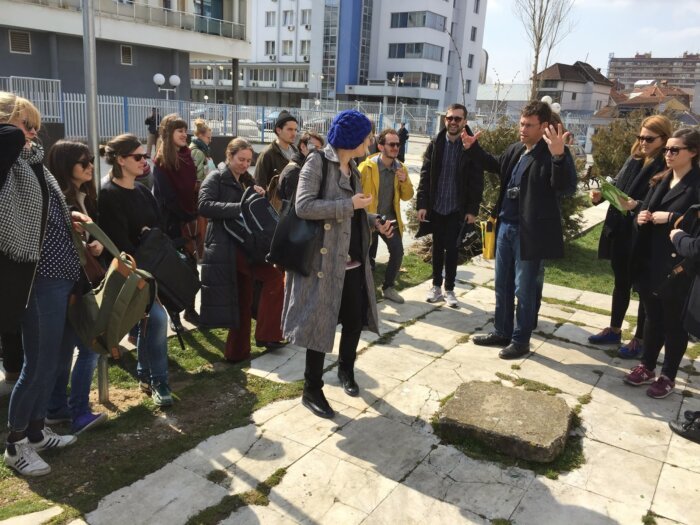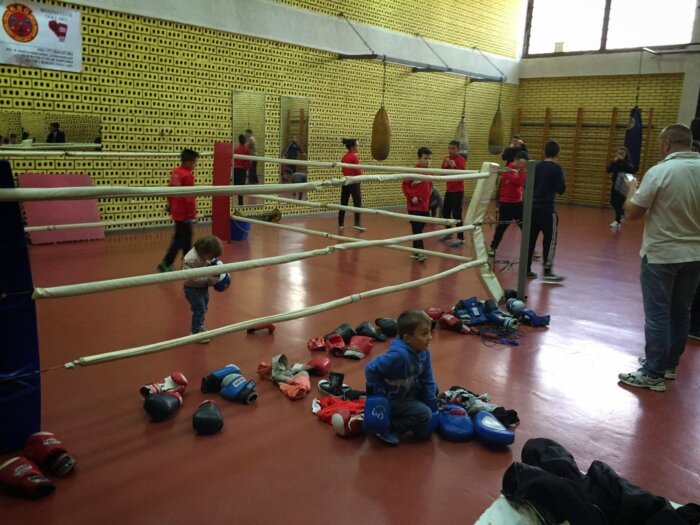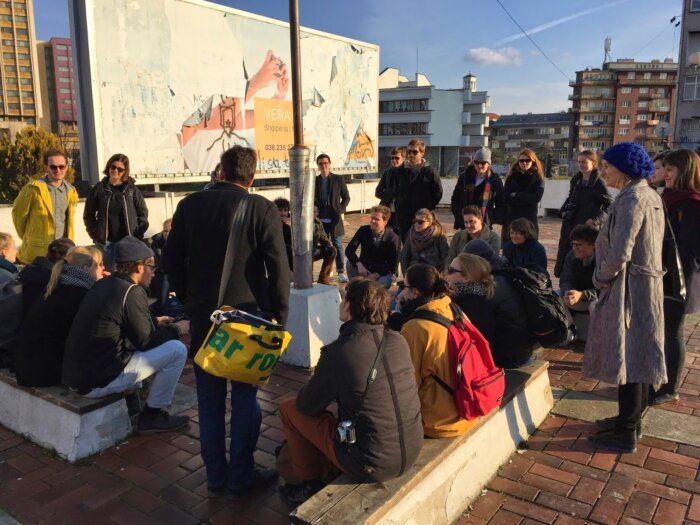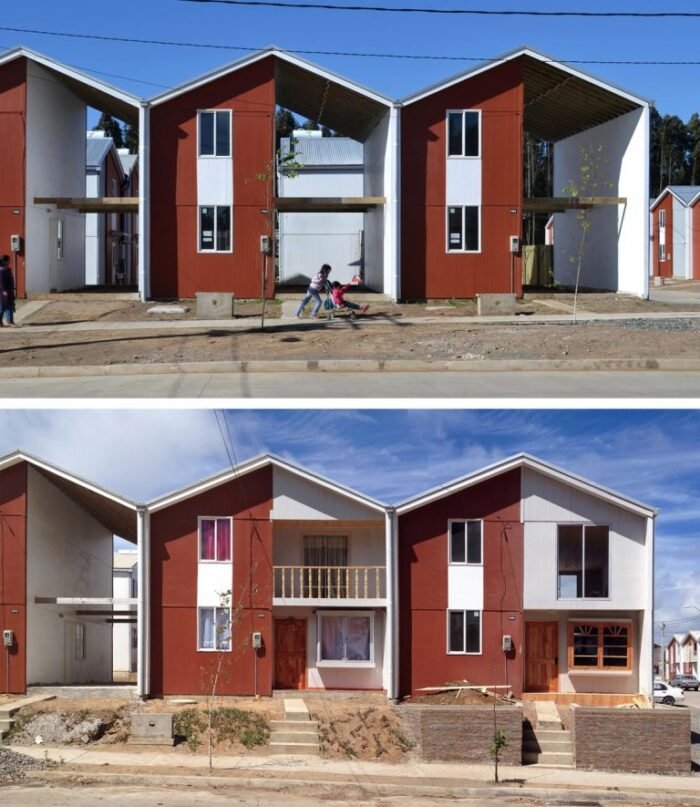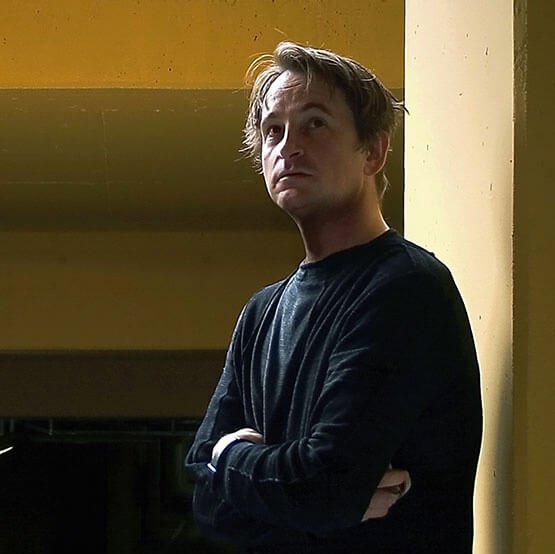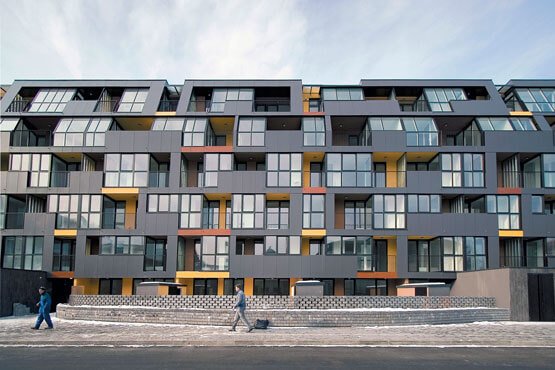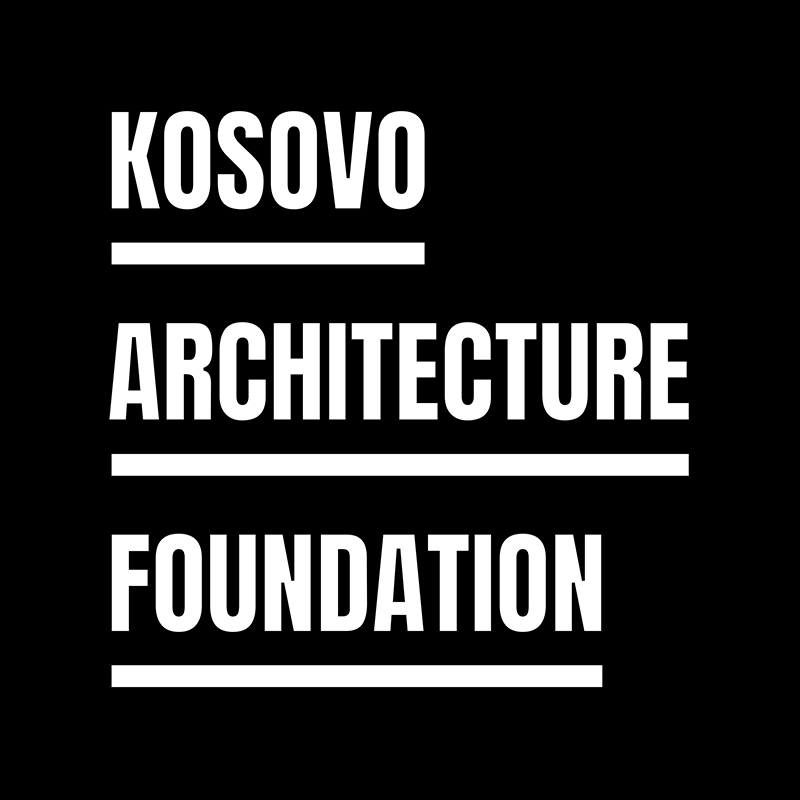

VLADIMIR KULIC
Vladimir Kulić is an architectural historian, curator, and critic, and an Associate Professor of architectural history and theory at Florida Atlantic University.
Together with Maroje Mrduljaš he authored and directed the international research project Unfinished Modernisations-Between Utopia and Pragmatism: Architecture and Urban Planning in the Former Yugoslavia and the Successor States (2010-12).
He is the author of Modernism In-Between: The Mediatory Architectures of Socialist Yugoslavia (with Maroje Mrduljaš and Wolfgang Thaler, 2012) and editor of Sanctioning Modernism: Architecture and the Making of Postwar Identities (with Monica Penick and Timothy Parker, 2014). He is the past winner the Bruno Zevi Award for a Critical/Historical Essay in Architecture, two grants from the Graham Foundation, and the ACLS/SSRC/NEH International and Area Studies Fellowship.
In 2015, he was the Ailsa Mellon Bruce Senior Visiting Scholar at the Center for Advanced Study in the Visual Arts (CASVA) at the National Gallery of Art, Washington, D.C. and the Axel Springer Fellow of the American Academy in Berlin.
AL /
Vladimir Kulić është një historian, kurator dhe kritik i arkitekturës, dhe një profesor i asociuar i historisë dhe teorisë së arkitekturës në Universitetin Atlantik Florida. Së bashku me Maroje Mrduljas menaxhuan projektin hulumtues ndërkombëtar Unfinished Modernisations – Between Utopia and Pragmatism: Architecture and Urban Planning in the Former Yugoslavia and the Successor States (2010-12) (Modernizimi i Papërfunduar – në mes Utopisë dhe Pragmatizmit: Arkitektura dhe Planifikimi Urban në ish-Jugosllavi dhe në Shtetet Pasardhëse).
Ai është autori i Modernism In-Between: The Mediatory Architectures of Socialist Yugoslavia (Modernizmi i Ndërmjetëm: Arkitekturat ndërmjetësuese të Jugosllavisë Socialiste) (me Maroje Mrduljas dhe Wolfgang Thaler, 2012) dhe redaktor i Sanctioning Modernism: Architecture and the Making of Postwar Identities (Sanksionimet e Modernizmit: Arkitektura dhe Formimi i Identiteteve të Pasluftës) me Monica Penick dhe Timothy Parker, 2014. Ai është fituesi i kaluar i Çmimit Bruno Zevi për një ese kritike/historike të Arkitekturës, i dy granteve nga Fondacioni Graham, si dhe i ACLS/SSRC/NEH International dhe Area Studies Fellowship.
Në vitin 2015, ai ishte Ailsa Mellon Bruce Senior Visiting Scholar në Qendrën për Studimeve të larta në Artet Pamore (CASVA) në Galerinë Kombëtare të Arteve, Washington dhe Axel Springer anëtar i Akademisë Amerikane në Berlin.






